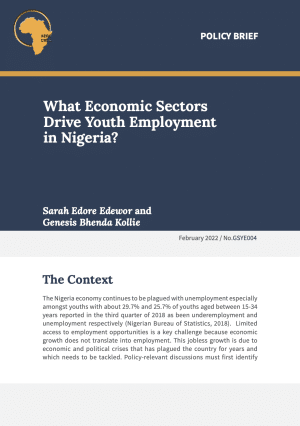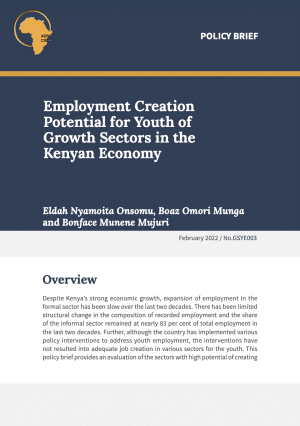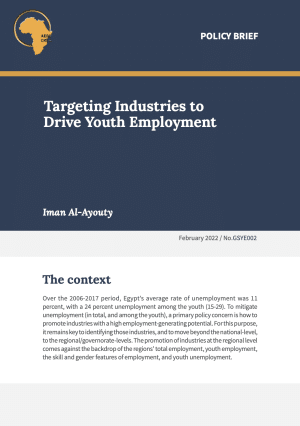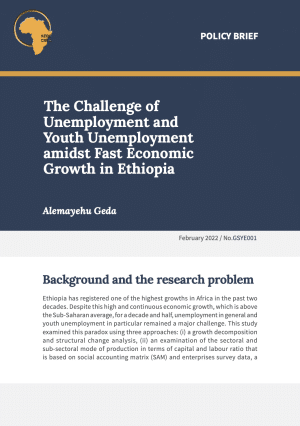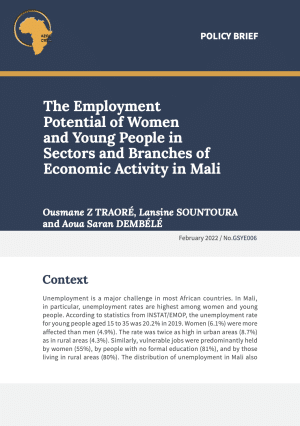
Despite the Malian government’s efforts to tackle unemployment among women and young people, rates of this unemployment clearly remain relatively high, due to several structural and/or economic-situation factors. Among these are the mismatch between academic training and labour market needs, the young people’s low level of qualification and professional experience, their difficulty in having access to finance, and the low level of their absorption into the public service and the private sector. In addition, the current employment policy programmes and instruments in Mali do not seem to have been developed by taking into account the specificities of sectors/branches of economic activity, of regions, of types of economic actors, and of the nature of barriers.
The study presented in this policy brief examines the sectors and branches of economic activity with the greatest potential for creating employment for women and young people in Mali.
Growth Sectors for Youth Employment (GSYE) is an African Economic Research Consortium (AERC) collaborative research that is seeking to provide research evidence on which economic sectors have the potential to significantly create employment for youth. The project was commissioned by INCLUDE, with support from the Netherlands Ministry of Foreign Affairs. The project is implemented by AERC in conjunction with the Economic Research Forum (ERF) and the Overseas Development Institute (ODI). The project aims to provide research evidence on the economic sectors with the highest multipliers and potential to create employment opportunities for young people in the continent.
This policy brief presents the country case study of Mali, one of the nine countries selected for country-specific research.
You can find more information on this page.
